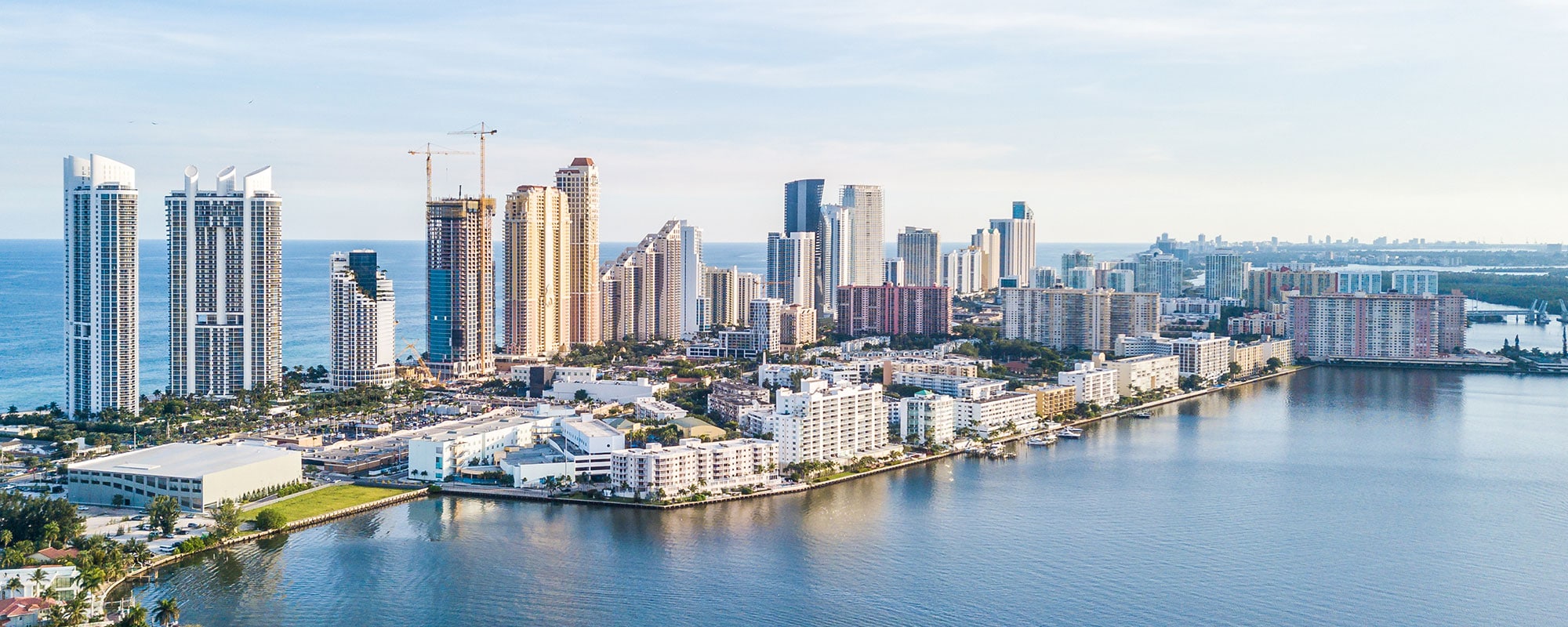
Deep vein thrombosis does not often result from an accident. But it can happen while you rehabilitate from an injury. While immobile, blood clots can form in the deep veins and block the flow of blood, potentially leading to blood clot compensation claims if caused by negligence.
If you develop deep vein thrombosis, you might experience discomfort and swelling in the affected area. Many patients report stabbing pain in calf or stabbing pain in leg when clots form. The real danger of deep vein thrombosis comes if the clot breaks free. If a clot travels to your lungs, you have a life-threatening condition called a pulmonary embolism, which may qualify for pulmonary embolism compensation.
Read on to learn about deep vein thrombosis and what you need to prove to get injury compensation, including blood clot compensation and pulmonary embolism compensation.
Understanding Stabbing Pain in the Leg and Calf
Stabbing pain in the leg and stabbing pain in the calf are common symptoms of deep vein thrombosis (DVT), a condition where a blood clot forms in a deep vein, typically in the leg. This pain often appears suddenly and may be accompanied by swelling, warmth, and redness in the affected area. If left untreated, DVT can lead to serious complications, including a pulmonary embolism, where the clot travels to the lungs.
What Is the Function of Your Circulatory System?

Every cell in your body needs oxygen and nutrients. Cells use oxygen to stay alive and function.
When you inhale, the oxygen goes to small sacs in your lungs. There, hemoglobin in your blood picks up the oxygen molecules and drops off carbon dioxide molecules.
The heart pumps the oxygenated blood around your body. As it reaches the cells, the hemoglobin drops off the oxygen and picks up carbon dioxide. The oxygen-depleted blood returns to the lungs to repeat the cycle.
The blood vessels that carry your oxygenated blood from your heart to your body are called arteries. The arteries have a lot of pressure in them because they connect directly to the heart. Also, the blood works with gravity as it travels down from your heart into the rest of your body.
The blood vessels that return your oxygen-depleted blood from your body to your heart are called veins. The veins have less pressure than arteries because the heart has to suck the blood through the veins, whereas it pushes blood through the arteries.
More importantly, the blood in your legs and arms has to work against gravity as it flows up your legs and arms to reach your heart.
To help keep blood flowing in the right direction, your veins include small valves. They close between heartbeats to prevent blood from flowing backward under the influence of gravity. You can think of the valve system as the rungs on a ladder.
The blood climbs, pauses against the valve between heartbeats, and climbs again.
How Does Deep Vein Thrombosis Happen?
When your blood pools, platelets stick together and form clots. If you have a laceration, this clotting prevents you from bleeding to death. It also protects the laceration from invading microbes.
Deep vein thrombosis happens when blood clots develop in the deep veins of your legs or arms. As the blood pools next to the valves in your veins, the platelets can stick together. A clot forms near a valve where the pressure and flow velocity drop.
The clot blocks blood flow below the valve where it forms. The body has to keep pumping oxygenated blood to the area to keep the cells alive. But the blockage prevents the veins from carrying oxygen-depleted blood back to the heart and lungs. As a result, blood begins to pool below the blockage.
When you develop deep vein thrombosis in a leg, your foot and ankle swell with trapped blood. The swelling compresses nerve endings, causing them to send pain messages. Many patients describe the discomfort as stabbing pain in calf or as stabbing pain in leg, especially when standing or walking. The pain from deep vein thrombosis can range from throbbing and aching to sharp and stabbing. You might also notice discoloration and an increase in temperature in your leg.
Doctors can treat deep vein thrombosis with anticoagulants. Although patients sometimes refer to these drugs as “clot busters,” doctors usually reserve the strongest clot-busting drugs for stroke and heart attack victims.
Instead, doctors typically use blood thinners to treat deep vein thrombosis. These medicines loosen up the blood and allow the body to dissolve the clot on its own.
What Are Some Risk Factors for Deep Vein Thrombosis?
Deep vein thrombosis does not result from trauma, but it can develop after an accident in a few ways:
Bed Rest and Immobilization
After you get injured in an accident, your doctor might prescribe rest. For example, if you suffered musculoskeletal injuries like muscle strain in a car accident, your doctor might prescribe at least a day or two of bed rest.
Inactivity is a major risk factor for deep vein thrombosis. Moving around prevents pressure points from developing. These pressure points can squeeze your veins and slow your blood flow, leading to clot formation.
Major Surgery
When you undergo surgery, you will likely be immobilized for at least part of your recovery. This can increase the chances of deep vein thrombosis.
But surgery, by itself, is a risk factor for deep vein thrombosis. Surgery can release fat, collagen, and other debris into your bloodstream. These particles can attract platelets and form the core of a blood clot.
Medication
Some medications can cause blood clots to form. In particular, doctors might administer clotting factors if you suffered injuries that caused severe bleeding. These clotting drugs might work too well, causing clots to develop in your veins.
What Are Some Complications of Deep Vein Thrombosis?
Most cases of deep vein thrombosis get resolved with blood thinners, and you experience no side effects. But in some cases, deep vein thrombosis patients develop complications, including:
Post-Thrombotic Syndrome
In post-thrombotic syndrome, the clot damages the venous valves. This can lead to poor circulation since the blood can flow backward without valves to stop it. Poor circulation can cause pain, swelling, and discoloration. In some cases, the symptoms are so severe that the patient can no longer use the limb. If post-thrombotic syndrome results from a blood clot caused by an accident or negligence, the patient may be entitled to blood clot compensation for the long-term effects and pain they endure.
Pulmonary Embolism
A pulmonary embolism happens when a blood clot travels to the lungs. It gets lodged in the veins carrying blood to the lungs for oxygenation. When you lose some of your capacity to oxygenate the blood, you will experience chest pain and struggle to breathe. If left untreated, a pulmonary embolism can damage the lungs or even cause death. Victims whose condition was caused by negligence may be eligible to pursue pulmonary embolism compensation for their injuries and losses.
When Can You Claim Blood Clot Compensation or Pulmonary Embolism Compensation?
You may be eligible for blood clot compensation or pulmonary embolism compensation if:
- Medical Negligence: A healthcare provider’s failure to diagnose or treat the blood clot or PE properly.
- Medication or Vaccine Side Effects: A blood clot or PE was caused by a prescribed medication or a vaccine.
Types of Compensation You Can Receive
If you qualify for blood clot compensation or pulmonary embolism compensation, you may be entitled to:
- Economic Damages:
- Past and future medical bills
- Lost wages due to an inability to work
- Rehabilitation costs, home care, and specialized equipment
- Non-Economic Damages:
- Pain and suffering
- Emotional distress and mental anguish
- Loss of enjoyment of life
How to Pursue Your Blood Clot or Pulmonary Embolism Compensation Claim
- Consult an Experienced Personal Injury Attorney: A lawyer can help assess your claim’s viability and guide you through the legal process.
- Gather Your Medical Records: Relevant medical documents, including imaging studies, are essential for building a strong case.
- Document Your Losses: Comprehensive records of medical bills, lost wages, and emotional distress will strengthen your claim.
Understanding the Process for Securing Compensation for Deep Vein Thrombosis
The greatest obstacle to getting injury compensation for deep vein thrombosis is proving causation. You must prove that someone else’s negligent actions caused your injury in order to get blood clot compensation or pulmonary embolism compensation.
Causation requires you to link your deep vein thrombosis to your accident. If other plausible causes exist, the at-fault party can escape liability by arguing that their actions were not the direct and proximate cause of your injury.
To discuss your deep vein thrombosis and whether you can recover compensation for its effects, contact Hollander Law Firm Accident Injury Lawyers for a free consultation or call us at (561) 347-7770.

